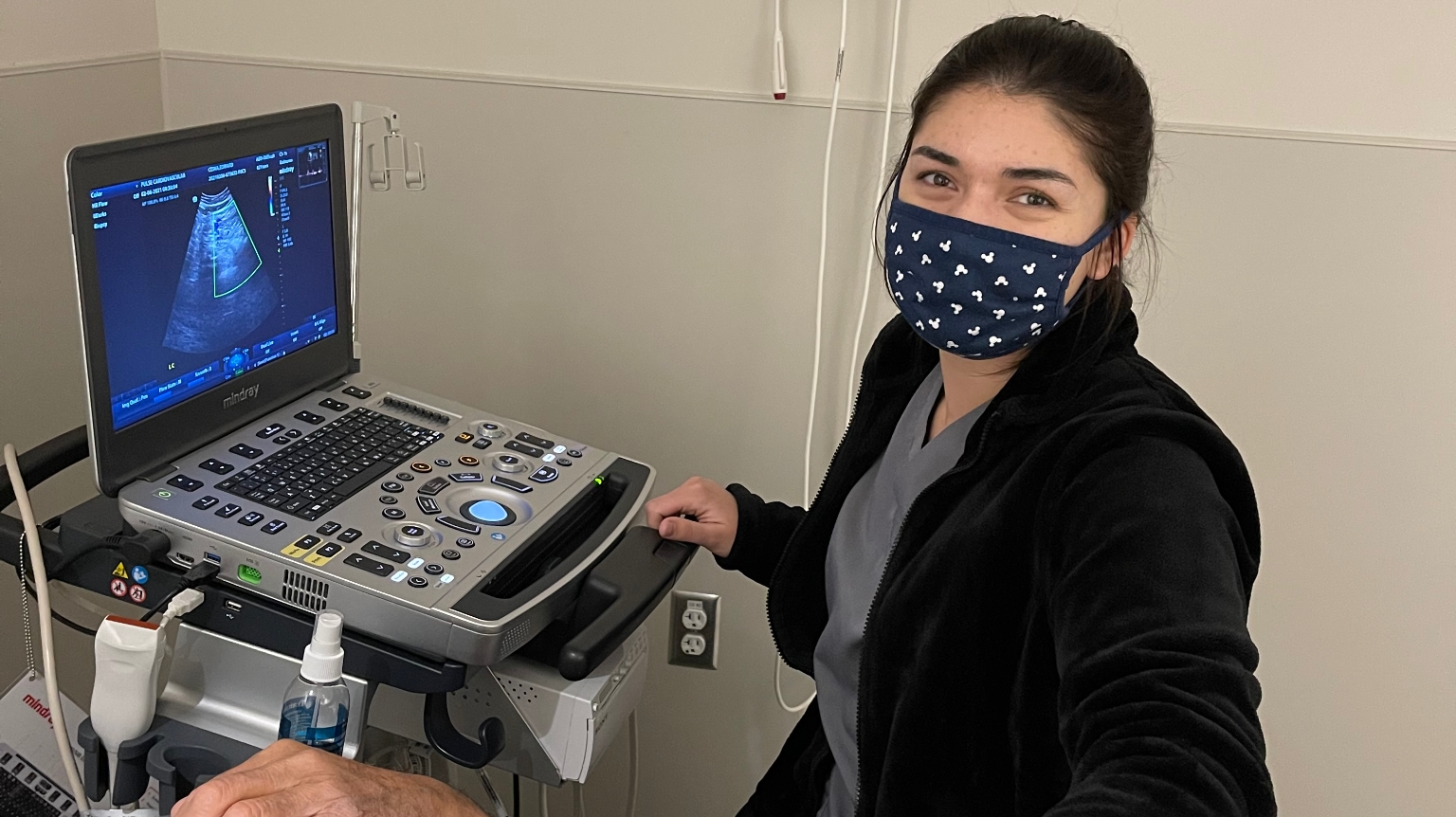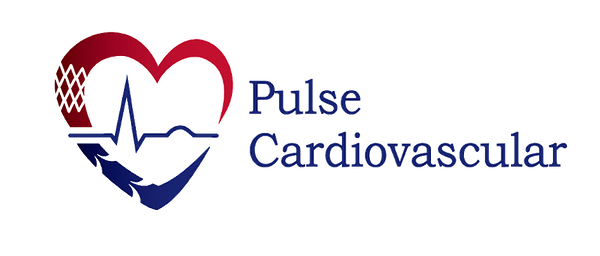Peripheral Arterial Disease
Peripheral vascular disease PVD / Peripheral Arterial Disease is a chronic disease where plaque gradually builds up in the arteries leading to limited blood flow or entirely block the flow of blood also called an occlusion. This Plaque that builds up in your arteries and veins is a waxy fatty substance caused by high levels of cholesterol and worsened by smoking. The plaque builds up on the arterial or vessel wall as it passes through the vessels along with the blood and can lead to the hardening or atherosclerosis of the arteries and eventual occlusion. Peripheral arterial disease is a very common disease affecting 1 in 20 Americans over the age of 50.
Symptoms
Fatigue or cramping of the muscles in the calf, hip, thigh, or buttock muscles. Discomfort after walking even with rest. Pain in toes while resting,& open wound on toes or feet.
Risk Factors
Age over 50 yrs. young Overweight, history of stroke or heart disease. Other risk factors include diabetes, family history of high cholesterol, high blood pressure, or PAD/PVD, smoking& not enough exercise.

Diagnosis
Your vascular surgeon will perform a physical examination and will most likely perform the following tests:
a. Ankle Brachial Index or ABI test for a blood pressure comparison of the upper and lower peripheral system.
b. A duplex ultrasound and doppler ultrasound will be performed to evaluate the flow of blood through the vessels and identify any occlusions or narrowed areas.
c. Angiography- a contrast medium or dye is injected into the blood vessel under x-ray imaging to allow the doctor to see how the blood flows through the arteries and veins and locate blockages in the flow of blood.
Causes & Symptoms
Here are some of the possible causes and symptoms of spider veins:
What causes PAD?
Smoking, high cholesterol, genetic factors including heredity, diabetes, obesity.
Symptoms
Fatigue or cramping of the muscles in the calf, hip, thigh, or buttock muscles. Discomfort after walking even with rest. Pain in toes while resting,& open wound on toes or feet.
Treatment Options
Our Surgeons will usually recommend a patient to begin medication management and lifestyle changes. These changes include increasing exercise, quitting smoking, controlling blood pressure, controlling diabetes and controlling cholesterol. In addition to exercise, the patient is encouraged to eat a healthy diet and try to lose weight to decrease the pressure on the peripheral arteries.
If conservative management is unsuccessful the surgeons will proceed to a more aggressive management of the disease process. Our surgeons will generally suggest performing a balloon angioplasty and stent placement if the blockages are not managed by conservative means. An additional tool the surgeons have to remove the blockage and improve blood flow is a laser atherectomy device. This device allows the surgeons to vaporize the plaque blockage inside of the vessel by using a high energy light (laser).
If minimally invasive treatment is unsuccessful or not recommended, then more invasive such as open and endovascular surgical techniques are used.
Surgical bypass is an open surgical procedure where the affected vessel segment is removed and a natural or synthetic graft is placed to reroute the flow of blood. This procedure does not treat the overall disease process, rather it is used as a means of blockage/occlusion removal.
